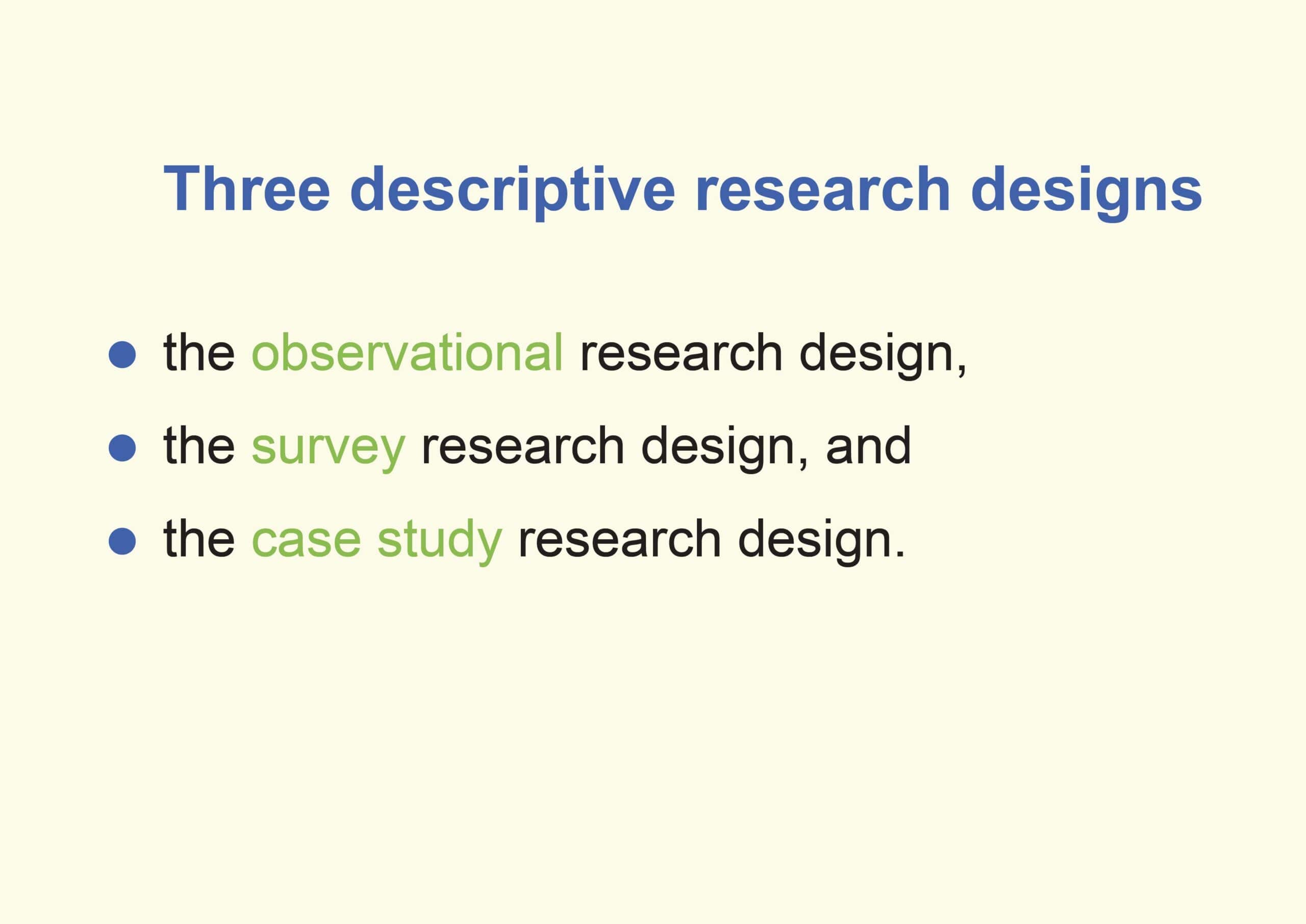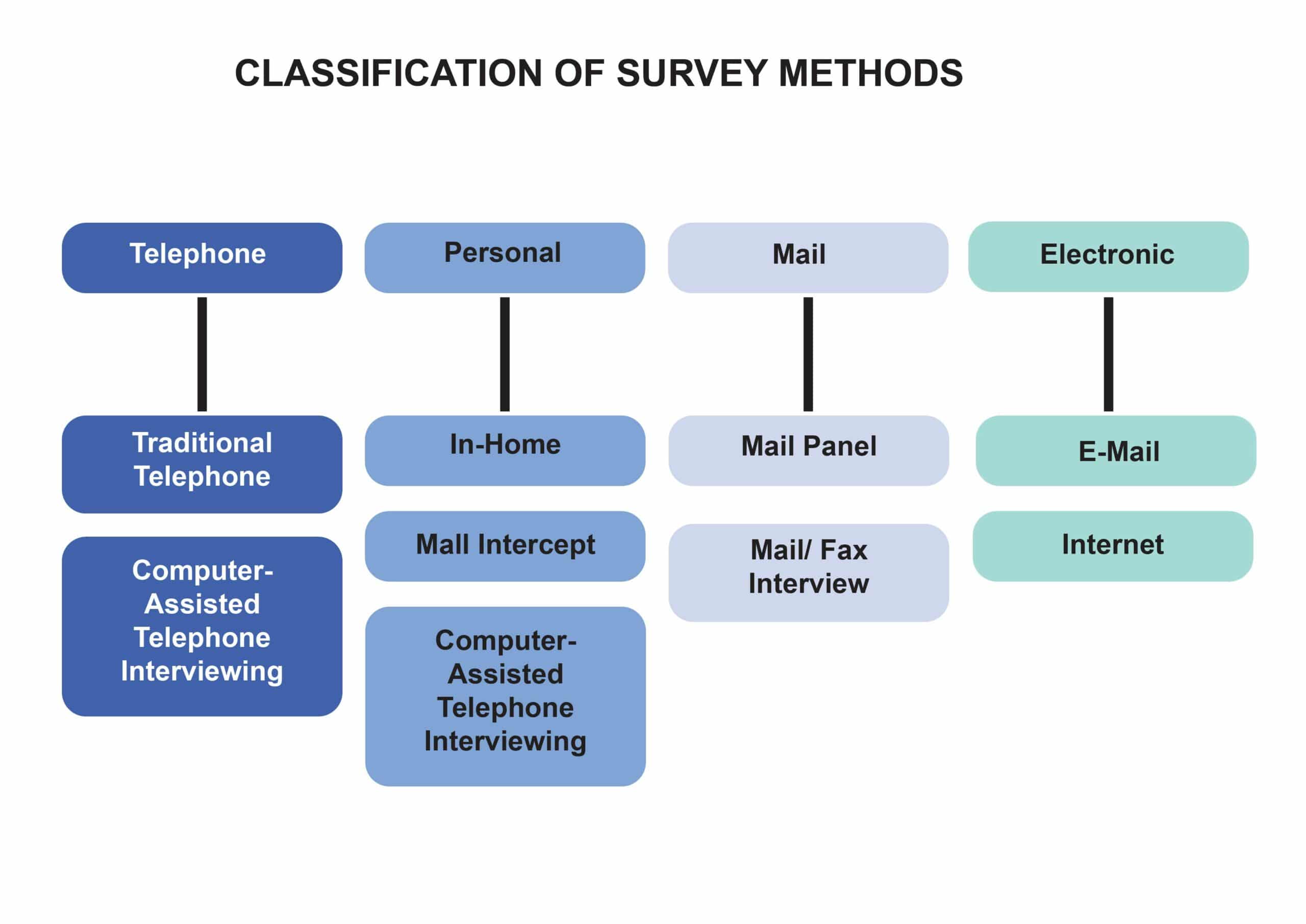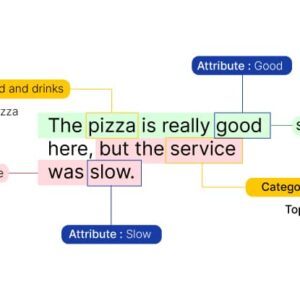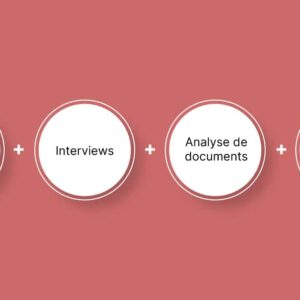
social listening
social listening SHARE THE ARTICLE ON Table of Contents What is social listening? The technique of gathering data from social networks and forums on a

Find the best survey software for you!
(Along with a checklist to compare platforms)
Take a peek at our powerful survey features to design surveys that scale discoveries.
Explore Voxco
Need to map Voxco’s features & offerings? We can help!
Find the best customer experience platform
Uncover customer pain points, analyze feedback and run successful CX programs with the best CX platform for your team.

We’ve been avid users of the Voxco platform now for over 20 years. It gives us the flexibility to routinely enhance our survey toolkit and provides our clients with a more robust dataset and story to tell their clients.
Steve Male
VP Innovation & Strategic Partnerships, The Logit Group
Explore Regional Offices

Find the best survey software for you!
(Along with a checklist to compare platforms)
Take a peek at our powerful survey features to design surveys that scale discoveries.
Explore Voxco
Need to map Voxco’s features & offerings? We can help!
Find the best customer experience platform
Uncover customer pain points, analyze feedback and run successful CX programs with the best CX platform for your team.

We’ve been avid users of the Voxco platform now for over 20 years. It gives us the flexibility to routinely enhance our survey toolkit and provides our clients with a more robust dataset and story to tell their clients.
Steve Male
VP Innovation & Strategic Partnerships, The Logit Group
Explore Regional Offices

Find the best survey software for you!
(Along with a checklist to compare platforms)
Take a peek at our powerful survey features to design surveys that scale discoveries.
Explore Voxco
Need to map Voxco’s features & offerings? We can help!
Find the best customer experience platform
Uncover customer pain points, analyze feedback and run successful CX programs with the best CX platform for your team.

We’ve been avid users of the Voxco platform now for over 20 years. It gives us the flexibility to routinely enhance our survey toolkit and provides our clients with a more robust dataset and story to tell their clients.
Steve Male
VP Innovation & Strategic Partnerships, The Logit Group
Explore Regional Offices
The main aim of the survey research design is to understand the research problem. When a researcher wants answers to the questions – why, what, how, where, when, etc. Descriptive research helps a researcher gain a deeper knowledge of the research problem.
Descriptive research is a quantitative research methodology used to unveil in-depth knowledge of a phenomenon. Researchers from various fields use descriptive research to accurately define the population, market, or situation.
Descriptive survey research is an approach of descriptive research that blends quantitative and qualitative data to provide you with relevant and accurate information. A time-efficient research method, descriptive survey design engages the people at the center of the research objective.
In descriptive research, the research investigates more than one variable. However, when you conduct this type of research, you cannot manipulate the variables present, unlike in experimental research.
Descriptive research can only be conducted via survey, observation, and case Study. As a researcher, you can only observe and collect valid & reliable responses and analyze them. This research method, like market research, is best used to understand concepts that can help you grow your business.
Understanding the ‘bits and pieces’ of your market, target population, branding, offerings, and many more aspects in depth can strengthen and accelerate your business growth.

The descriptive research design involves quantitative research to gain valuable insight into objectives. You can also leverage it for the purpose of quantitative research. There are three ways Descriptive Research Design is implemented to conduct market research.
Survey design method enables gathering vast data from a heterogeneous audience. The survey design helps to analyze the frequencies and identify patterns in the survey responses.
Descriptive survey designs are used for the following purpose in market research:
Often used in the science field – Psychology, Social or/ and Market Research – observation research is used to understand people’s behavior in real-life scenarios/situations.
You don’t have to rely on the respondent’s honest or accurate opinion. The data is gathered by monitoring the audience’s engagement with the research subject.
For example, a restaurant owner may observe customers visiting and trying the new menu.
Observational research aims to observe and gauge people without disrupting their natural behavior. Observing a physical phenomenon helps to describe the physical phenomena before any hypothesis is developed.
A case study is a formal methodology for research. It is conducted when a researcher needs exclusive knowledge of the subject matter. A case study helps understand the characteristics of a specific subject in great detail.
A case study is conducted not for the purpose of collecting general facts. But, it is used to discover interesting facts that can reveal something complex or new about the research subject matter. The outcome of a case study is relevant to that particular research subject. It cannot be generalized to other similar studies.

Descriptive survey research design is the most common and popular methodology used in market research to gather informative data. A survey is the most forward way to collect customer insight about your business offerings and other aspects.
The survey design method involves questions relevant to the subject of the research. The survey questions are then distributed to the audience in hopes of receiving their honest response.
A survey is a flexible approach to collecting data. You can use surveys to collect data once, cross-sectional studies, or you can collect samples over a long period of time through longitudinal studies.
Organizations use surveys as a research method for various purposes.
For a better understanding of the survey design, you can classify it based on the approach used when conducting descriptive survey research.
The resulting data is compared with the norm in this survey design. For example, if you conduct a company-wide employee skill evaluation, the skill test result should be compared with the norm of the role taken by the employee.
This approach helps you understand a real-life situation. For example, tell you if there is any relationship between an employee’s income and their performance.
You will begin by conducting a survey to gather information about your employees’ income and then compare it with their performance evaluation. This way, you will understand if high income leads to better performance and low income leads to poor performance or vice versa.
These are used to identify whether the relationship between two variables is positive, neutral, or negative.
Descriptive survey designs are used for fulfilling the following purpose of market research. Mostly used to test a hypothesis or identify characteristics, survey research design allows a researcher to gain knowledge to make informed decisions and thus help grow the business.
You can use a descriptive survey design to define a particular customer type profile. For example, as a makeup and cosmetics company, you can use the descriptive survey to define the characteristics of different buyers and segment them based on their profile – Beauty Expert, Beauty Addict, New Customers, and Traditional Customers.
This research design can be used to understand how your customers view or perceive the products and services you offer or what they think is the x-factor of your products.
For example, you can survey your customers about your product’s best or worst features, color scheme, packaging, and other noticeable factors.
You can use descriptive survey design to determine the type of customer that exhibits a particular behavior. For example, a health drink company may want to survey how many of their customers also purchase tea. This way, they can segment their customers for better targeting.
Surveying customers can give you a huge volume of insight into their shopping behavior or pattern; also let you know the factors influencing their purchase decision.
Surveys can tell you that customers tend to shop more in the month of November and December, with Christmas and New Year around the corner. As a result, companies can use this survey insight to predict their sales and make arrangements to cope with the rush of customers.
Leverage the best market research software that enables you to gather diverse data and analyze and identify hidden trends and patterns in customer feedback.
Research of any kind should have a clear objective. The researcher as well should be well aware of the research problem. The ultimate aim of conducting any research is to obtain valuable, valid, and accurate information at the end.
In the case of descriptive survey research, the rules remain the same. You need to define the intent of the study that can lead you to collect actionable insight. The data you gather must give you the opportunity to resolve the problem and improve from thereon.
Descriptive Survey Research
Objective | Attributes | Best suited for | Methods of distribution |
Describe or examine characteristics of phenomena | Used to test the objective – structured, specific, and preplanned | Gain detailed information on particularly narrow subjects – ‘Who’, ‘Where’, ‘Why’, etc | Online (email, social media), Mail, Telephone, In-person interview |
For descriptive survey research, the objective is the most essential part of the whole research process.
It helps you gather data that can help you make an informed decision on the problems that need fixing in your company (product development, customer segment, marketing campaign, etc.)
Let’s say you want to collect feedback about your e-commerce website. You can separate your objectives based on on-site navigation, quality of product category, aesthetic, ease of ordering, and payment method.
The next important part of descriptive survey design is to ensure that your results are accurate. To limit non-response and response bias in your survey design, ensure you have a proper sample size. When defining participants in your survey design, control the confidence level and margin of error by having an appropriate size of respondents.
Download Now: Ultimate Guide to Sampling Methods

The best way to gather reliable and accurate data is by reaching out to the target population. Here, we are discussing four ways you can engage with the audience and collect meaningful data for your descriptive study.
Now, let’s dive into it.
Leverage a robust online survey software that allows you to conduct online surveys across multiple channels and integrates the data into a centralized location. Your software should enable you to:
Ensure that they online survey tools you use allow you to personalize email surveys and set-up automatic triggers. Email surveys enable you to:
Leverage a telephone software that allows you to integrate your CATI surveys with IVR survey software and cloud/on-premise dialer. With telephone survey software, your agents can complete survey campaigns quickly and gather large volumes of data.
Robust offline survey tools allow you to get rid of paper surveys and gather responses on digital mediums even without the Internet.


Use Voxco Audience to build an ideal sample for your survey.
Descriptive research, by definition, helps you define your subject under study. In this section, we’ll look into four more characteristics that give meaning to this research design.
Descriptive survey research is used to gather quantitative data. The information collected is quantifiable, which eases the process of statistically analyzing and using it to develop strategies.
It can also provide you with qualitative information to describe the research problem in depth. The qualitative aspect of descriptive survey design is explanatory in characteristics. This helps you to gain exclusive and all-inclusive data on the objective.
Unlike an experimental design, a descriptive survey design does not include controlling variables. This allows you to gather honest responses from customers. The flow of the survey is natural.
1. Let’s take an example of an e-commerce clothing brand. The brand wants to introduce workout clothes on its website. They want to know what kind of workout clothes their customers prefer.
2. A café wants to add Japanese dessert to its food menu. So they decided to conduct a survey to learn the choice of flavor or taste their customers like and prefer.
Voxco is a global leader in building and conducting sophisticated online, face-to-face, and phone surveys. It offers various features to build interactive surveys and deploy them in seconds.
Voxco Online survey tools are built by experts. The software enables you to ask the right questions to the right audience and helps you gain accurate insight.
Easy survey scripting: No programming experience is required; the scripting tool is easy for any survey designer to use, with it’s intuitive drag-and-drop WYSIWYG interface.
Omnichannel surveys: Conduct Online, Offline (Field Surveys), or Phone (CATI and IVR) surveys from one single channel
Advanced analytical suite: Voxco’s statistical analysis can be applied to any type of data. The automatic application can also provide real-time results so that you have relevant data.
Advanced survey logic: With powerful survey logic, branching, and piping, researchers can create personalized surveys at scale.
The descriptive study can help businesses gather valuable insights into customers’ satisfaction levels, purchase behavior, preferences, concerns, and market trends. Using the information, a brand can improve its products/services, optimize marketing strategies, and gain a competitive advantage.
The following characteristics contribute to the importance of this research methodology:
You can use various channels such as online surveys, phone surveys, in-person interviews, observation, and case studies to gather data for your descriptive study.

social listening SHARE THE ARTICLE ON Table of Contents What is social listening? The technique of gathering data from social networks and forums on a

Transformative Month Over Month Growth Strategies for Modern Enterprises Exclusive Step by Step guide to Descriptive Research Get ready to uncover the how, when, what,

How to Develop Customer Intelligence SHARE THE ARTICLE ON Share on facebook Share on twitter Share on linkedin Voxco is trusted by 450+ Global Brands

Sentiment Analysis helps improve Customer Experience Customer Experience Ensuring an excellent customer experience can be tricky but an effective guide can help. Download Now SHARE

Field Research : Definition, Examples & Methodology Try a free Voxco Online sample survey! Unlock your Sample Survey SHARE THE ARTICLE ON Table of Contents

Voxco Audience Announcement SHARE THE ARTICLE ON Share on facebook Share on twitter Share on linkedin Voxco, a leading provider of Omnichannel Survey Software, has
We use cookies in our website to give you the best browsing experience and to tailor advertising. By continuing to use our website, you give us consent to the use of cookies. Read More
| Name | Domain | Purpose | Expiry | Type |
|---|---|---|---|---|
| hubspotutk | www.voxco.com | HubSpot functional cookie. | 1 year | HTTP |
| lhc_dir_locale | amplifyreach.com | --- | 52 years | --- |
| lhc_dirclass | amplifyreach.com | --- | 52 years | --- |
| Name | Domain | Purpose | Expiry | Type |
|---|---|---|---|---|
| _fbp | www.voxco.com | Facebook Pixel advertising first-party cookie | 3 months | HTTP |
| __hstc | www.voxco.com | Hubspot marketing platform cookie. | 1 year | HTTP |
| __hssrc | www.voxco.com | Hubspot marketing platform cookie. | 52 years | HTTP |
| __hssc | www.voxco.com | Hubspot marketing platform cookie. | Session | HTTP |
| Name | Domain | Purpose | Expiry | Type |
|---|---|---|---|---|
| _gid | www.voxco.com | Google Universal Analytics short-time unique user tracking identifier. | 1 days | HTTP |
| MUID | bing.com | Microsoft User Identifier tracking cookie used by Bing Ads. | 1 year | HTTP |
| MR | bat.bing.com | Microsoft User Identifier tracking cookie used by Bing Ads. | 7 days | HTTP |
| IDE | doubleclick.net | Google advertising cookie used for user tracking and ad targeting purposes. | 2 years | HTTP |
| _vwo_uuid_v2 | www.voxco.com | Generic Visual Website Optimizer (VWO) user tracking cookie. | 1 year | HTTP |
| _vis_opt_s | www.voxco.com | Generic Visual Website Optimizer (VWO) user tracking cookie that detects if the user is new or returning to a particular campaign. | 3 months | HTTP |
| _vis_opt_test_cookie | www.voxco.com | A session (temporary) cookie used by Generic Visual Website Optimizer (VWO) to detect if the cookies are enabled on the browser of the user or not. | 52 years | HTTP |
| _ga | www.voxco.com | Google Universal Analytics long-time unique user tracking identifier. | 2 years | HTTP |
| _uetsid | www.voxco.com | Microsoft Bing Ads Universal Event Tracking (UET) tracking cookie. | 1 days | HTTP |
| vuid | vimeo.com | Vimeo tracking cookie | 2 years | HTTP |
| Name | Domain | Purpose | Expiry | Type |
|---|---|---|---|---|
| __cf_bm | hubspot.com | Generic CloudFlare functional cookie. | Session | HTTP |
| Name | Domain | Purpose | Expiry | Type |
|---|---|---|---|---|
| _gcl_au | www.voxco.com | --- | 3 months | --- |
| _gat_gtag_UA_3262734_1 | www.voxco.com | --- | Session | --- |
| _clck | www.voxco.com | --- | 1 year | --- |
| _ga_HNFQQ528PZ | www.voxco.com | --- | 2 years | --- |
| _clsk | www.voxco.com | --- | 1 days | --- |
| visitor_id18452 | pardot.com | --- | 10 years | --- |
| visitor_id18452-hash | pardot.com | --- | 10 years | --- |
| lpv18452 | pi.pardot.com | --- | Session | --- |
| lhc_per | www.voxco.com | --- | 6 months | --- |
| _uetvid | www.voxco.com | --- | 1 year | --- |